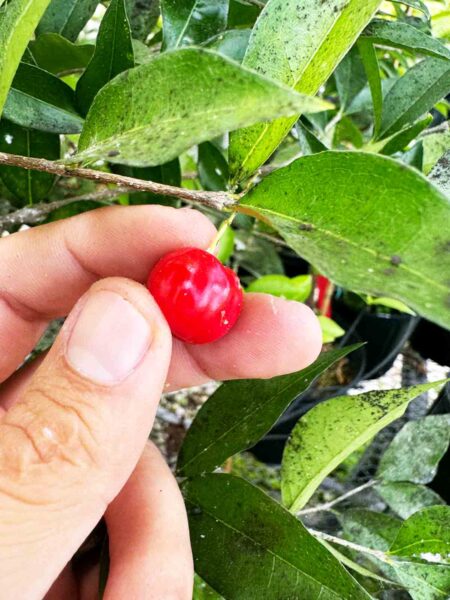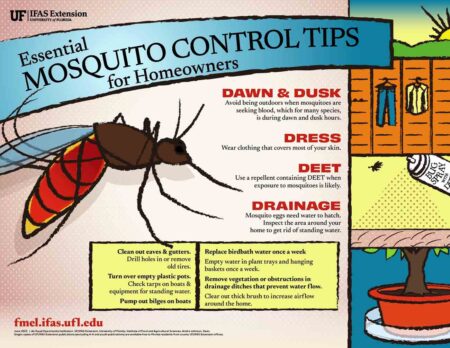Many gardeners enjoy inviting wildlife into their landscapes but occasionally some animals make a meal of your prized garden plants. In these cases, a desirable animal may quickly become unwanted. Jeff Jackson, retired Extension Wildlife Biologist, offers the following suggestions on dealing with unwelcome wildlife.
NICEVILLE, FLA –– Many gardeners enjoy inviting wildlife into their landscapes but occasionally some animals make a meal of your prized garden plants. In these cases, a desirable animal may quickly become unwanted.
Jeff Jackson, retired Extension Wildlife Biologist, offers the following suggestions on dealing with unwelcome wildlife.
Jackson’s suggestions may not always work but they may improve the effectiveness of several older methods of dealing with nuisance animals in the landscape.
The traditional scarecrow work on animals that can be alarmed by things they see – primarily deer and birds. The longer the scarecrow is in place, however, the less likely the animal is to pay attention to it.
Jackson recommends putting the scarecrow in the garden before animals get into the habit of going there and to keep changing it. Move it around the garden occasionally and add motion to it. Hang strings from the arms and tie on some lightweight pie pans or something that will blow in the wind. Jackson adds that changing its dress also makes it more effective. There’s nothing like a well-dressed scarecrow.
Scarecrows aren’t likely to work at all on some animals, such as raccoons and squirrels. You’ll keep these out better by using either an electric fence or cage trap. Cage traps are ideal for catching small animal pests.
Since raccoons are clever, attention to detail is important. Make the bait in the trap the raccoon’s easier choice for a meal. Put chunks of melon and some crumbled hamburger inside the trap. At the entrance place a paper towel used to wipe meat juices from a skillet. The juice will lure the critter to the door – but it still leaves him hungry. Then tempt him by leaving a trail of hamburger tidbits to the main bait at the back of the trap.
To catch rabbits, place a box trap at the edge of your garden. Dry cob corn or an old apple is good bait. But Jackson explains, “Perhaps the best bait is a handful of fresh rabbit droppings. Rabbits will go to sniff them to see what other rabbit has been in there.” If rabbits are a serious hindrance, a gardener’s best bet is to fence the area with 30-inch wide strips of one-inch mesh chicken wire. It must be tight to the ground or rabbits will get under it. A cylinder of the mesh will protect stems of trees and shrubs.
A deer problem requires a different strategy – an electric fence. Jackson suggests a single wire electric fence placed about 30 inches above the ground and baited with peanut butter. Mix peanut butter and vegetable oil in a 50-50 slurry. Treat the whole length of fence. You can apply this mixture with a paint roller. Deer will smell the food, lick the wire and get shocked. Be sure and reapply bait every 2-4 weeks.
Larry Williams is the Extension horticulture agent with the Okaloosa County Cooperative Extension Service, University of Florida. Contact Larry at 689-5850 or email lwilliams@myokaloosa.com.







